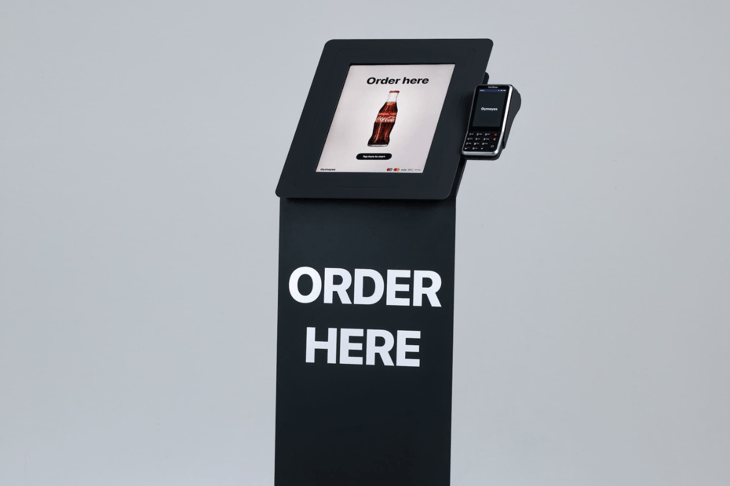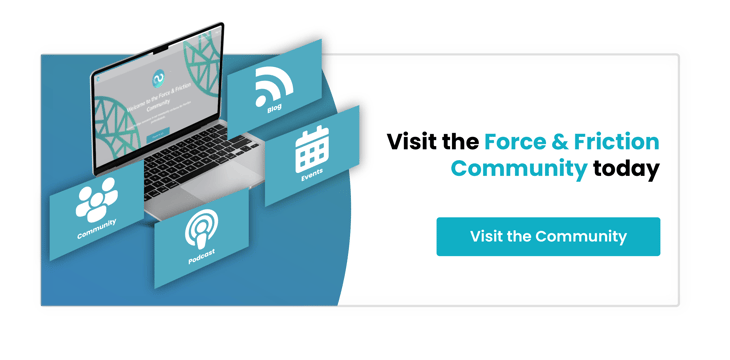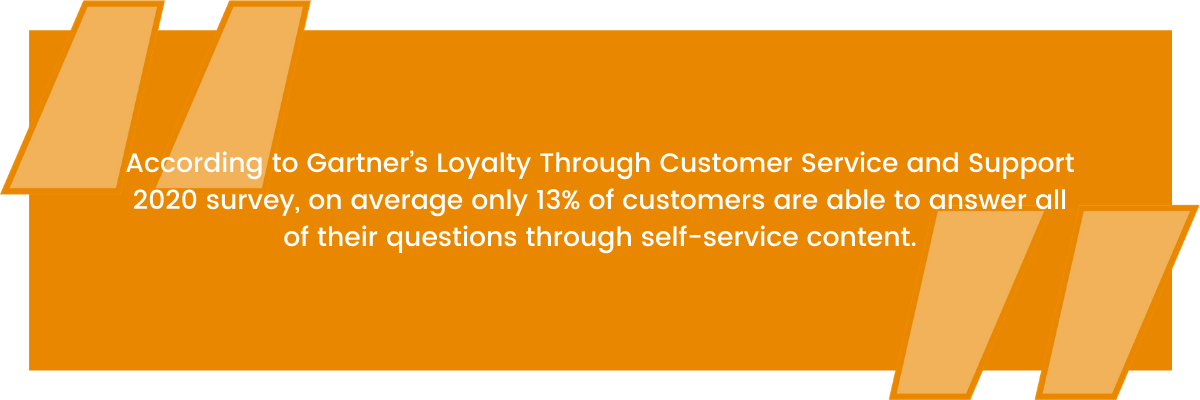
How To Guide Your Customer To Success With Self Service Content
Customer friction is one of the biggest challenges facing service companies today and one of the biggest threats to customer success. The reason? The modern customer journey isn’t limited to the 9-5. Customers are ‘always on’; they’re researching, comparing, and taking action around the clock, often with a multi-channel communication approach. They have their own ‘window of opportunity'; when they’re both willing and ready to take the next step forward. Yet it’s not always practical for businesses to adopt a 24/7 approach.
This creates friction. Customers are ready to move forward. But businesses aren’t there to guide them. The solution? Guiding customers to success with self-service content.
The Challenge of the ‘Always on’ Customer
Picture the following scenario. A customer thinks that they may want to sign up for your service, yet they have a few questions they’d like to have answered before committing. They call, yet the business is closed. Or maybe there’s no one available to help. Or perhaps the team member that they’ve been put through to isn’t skilled in this particular area. So they arrange for a call back. And in the meantime, they’re stuck.
They’re frozen. They can’t move forward with your particular organisation. But maybe they can move forward with a competitor. So they’re considering other options. And it’s these sorts of sticking points what causes a prospect to drop out of the funnel.
This scenario could have been avoided entirely by enabling and empowering the customer to find answers to their questions without the need for human input; helping them to move forward with their decision at a time when they’re ready and willing to continue their journey, regardless of whether or not you’re available to assist and guide.

Guiding Customers to Success With Self Service Content
Unfortunately, despite the benefits for businesses, customers don’t always feel compelled to self-serve. According to Gartner, more than one third of customers will contact an organisation before even attempting to find information themselves.
“To increase self-service effectiveness, customer service leaders should continue to improve self-service capabilities but must also prevent customers from bypassing these channels in their digital service journey,” says Gartner Senior Analyst Philip Jenkins.
So how can businesses improve their self-service capabilities and move closer to customer satisfaction at every stage of the process? By ensuring that they are incorporating both methods of selfserve customer guidance into their strategy:

1. Retroactive Guidance
By retrospectively looking at what sticking points customers have faced in the past, businesses can proactively help the customers of tomorrow. If organisations have found that a significant portion of customers tend to ask the same - or similar - questions, then it’s possible to guide customers to success through ‘frequently asked question’ type content. This can take the form of short snippet FAQs, or more detailed blog posts.
One of the best ways to identify common, repeated customer issues is to implement a help desk. HubSpot’s customer service software features a free help desk and ticketing platform that enables businesses to filter customer questions by category of enquiry. This can make it much easier to identify the biggest pain points of your customers, and develop a digital knowledge base that guides through each stage of the journey.
2. Proactive Guidance

The primary reason for this is likely to be that businesses are focusing exclusively on common, repeated customer issues, and are failing to consider new sticking points or concerns that today’s modern customer might be experiencing.
As well as creating on-site resources that customers can access from anywhere, at any time, businesses should also be proactively considering what issues customers may encounter at different stages of the customer journey, and ensuring that solutions are delivered to the right people, at the right time. For example, as customers move into a new stage, businesses can send content through email to proactively resolve concerns.
The Importance of Guiding Customers with Self-Service Content
Your business holds a wealth of valuable information that could help your clients to make an informed, confident decision. So why hide it? There are multiple benefits to making your information accessible to your customers, including improved customer engagement, increased conversions and revenue, and long lasting customer success.
Many businesses see self-service content as simply a way to reduce call volume. But it’s much more than that. When implemented correctly - using both retroactive and proactive techniques - organisations can have a greater influence over customer behaviour, guiding customers to success at a time and pace they’re comfortable with.








%20-%20Teal.png?width=500&height=130&name=Force%20%26%20Friction%20-%20Branding%20-%20Logo%20(White)%20-%20Teal.png)